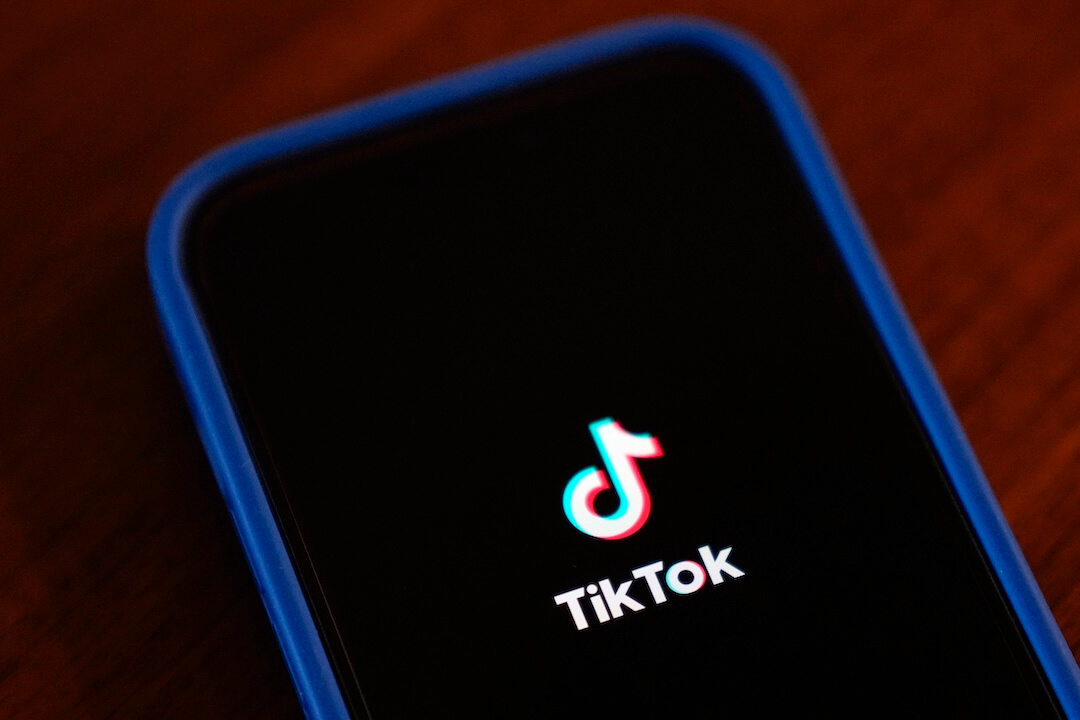
The Morning Meeting with Al Tompkins is a daily Poynter briefing of story ideas worth considering and more timely context for journalists, written by senior faculty Al Tompkins. Sign up here to have it delivered to your inbox every weekday morning.
A national poll just released by The Wall Street Journal and NORC at the University of Chicago pulls back the curtain on how Americans feel about themselves, their future and their values. This is the sort of insight that shapes political campaigns and agendas. It could also inform decisions around newsroom conference tables where journalists make choices about what people need to understand more clearly.
Let’s dive into some of the results starting with how Americans feel about some of what I think it is safe to call “traditional American values.”
As I scan the results, I see some eye-opening data. But I suspect that people will see these results as surprising or unsurprising depending largely on generation.
- One in four Americans says they do not think patriotism is important.
- Almost one in five Americans says community involvement is not important. This could be an opportunity for journalists to show examples of meaningful community involvement and to help people find ways to contribute to their communities.
- There is a lot we do not agree on, but nine out of 10 Americans say hard work is important.
- A fourth do not see marriage as important (but 70% see it as somewhat or very important).
- A third do not think it is important to have children.
- 90% say tolerance for others is important, which raises the question of why intolerant people seem to get so much news coverage. They are a tiny percentage of the population.
- A third do not think that belief in God is important.
- Four out of 10 Americans do not believe religion is important.
People are generally not happy with the economy and think the future is uncertain
In my experience, having done a lot of community focus groups and plowed through thousands of pages of audience research over the years, people approach questionnaires with a fairly negative attitude. It is fairly uncommon for people to say, “everything is great, and the future looks better than ever.” It is much easier to get people to say they need more and that the future seems challenging.
That said, the numbers that the WSJ/NORC pollsters pulled in should scare President Joe Biden and will fuel voices who say America is heading down the wrong road.
In the above data, I see some responses that would get my attention if I was planning news coverage. Certainly, the affordable housing issue is a big concern for three-fourths of the population. And it has profound public policy implications. It is linked to planning, zoning, interest rates and issues like public transportation from suburbs or imagining new uses for no longer needed offices.
Health care and drug prices continue to be a top concern for four out of five Americans. What needs to change and what/who is keeping it from changing? How long will we allow this issue to remain in the top tier of unsolved national problems?
When three-fourths of the population is unsure that their kid’s futures are secure, it is a bad sign. A follow-up question might be, “What do you think we should do about that?” Or even more personal, “What would you be willing to do/what are you doing about that?”
Go deeper. Coverage of the WSJ/NORC poll:
Biden begins his ‘Invest in America’ tour today
All of the above data may inform journalists’ reporting as President Joe Biden begins to sound more like “candidate for reelection Joe Biden.“ He, Vice President Kamala Harris, first lady Jill Biden and nearly a dozen Cabinet members will head to more than 20 states over the next three weeks repeating the phrase “Invest in America.”
The first stop is a semiconductor manufacturer in Durham, North Carolina, where they are adding 1,800 jobs at a $5 billion chip manufacturing facility. You will hear the president say the investment in the new plant is the product of the passage of the CHIPS and Science Act, which incentivizes domestic semiconductor manufacturing and makes the U.S. less dependent on foreign manufacturers.
The White House says the tour will also travel to California, Colorado, Delaware, Georgia, Kansas, Maine, Michigan, Minnesota, Nevada, New Jersey, New Mexico, New York, Ohio, Oregon, Pennsylvania, Vermont, Wisconsin and more.
The Invest in America campaign’s main goal is to try to turn around the fact that two-thirds of Americans say they think Biden has not accomplished much in his presidency.
New large-scale survey on ‘living trans’ in America
We have a new deep view of how transgender people live their lives in America. This new data shows, “A quarter have been physically attacked, and about 1 in 5 have been fired or lost out on a promotion because of their gender identity. They are more than twice as likely as the population at large to have experienced serious mental health struggles such as depression.”
And yet, most trans adults surveyed said transitioning made them more satisfied with their lives.
The KFF/Washington Post Trans Survey “is the most in-depth representative survey of transgender adults living in the U.S., from diverse backgrounds and with differing experiences, aimed at better understanding trans adult experiences in the U.S. The survey interviewed 515 transgender adults. It also included interviews with 823 cisgender adults.”
To be clear, these are the terms you should understand:
“Trans” is an umbrella term to describe people whose gender is not the same as the sex they were assigned at birth. This includes but is not limited to:
- Transgender men and women;
- Non-binary trans adults, or those whose gender identity isn’t a “man” or a “woman” but could involve both or neither
- Gender non-conforming trans adults, or those whose gender identity doesn’t conform with society’s gender norms.
- Cisgender: “Cisgender” describes individuals whose gender identity corresponds with the sex they were assigned at birth.
The Kaiser Family Foundation survey included this perspective:
There are nearly 2 million people living in the U.S. who identify as transgender or trans, representing less than 1% of all adults. This group reports experiencing stigma and systemic inequality in many aspects of their lives including education, housing, and health care access. In addition, trans people are more likely to be victims of discrimination and violence including verbal and physical assaults and intimidation.
Most trans adults are young. The trans adult population is younger than the larger cisgender adult population, with the majority of trans adults younger than 35 years old. Again, from KFF:
- Most trans adults say transitioning helped them. Nearly 8 in 10 trans adults (78%) say that living as a gender different from the one assigned to them at birth has made them “more satisfied” with their life, including just under half (45%) who say they are “a lot more satisfied.” Likewise, trans adults who say they present as a different gender “all” or “most of the time” are three times more likely to say they are “a lot more satisfied” living as a gender different from the sex they were assigned at birth, compared to those who present as a different gender “some of the time” (62% v. 19%).
- Many trans adults don’t identify as a man or a woman. Six in ten trans adults do not identify as either a “trans man” or a “trans woman,” but instead say “trans, gender non-conforming” or “trans, nonbinary” are better ways of describing themselves.
- Pronoun preferences vary. About half of trans adults (48%) use they/them pronouns, and about one-third say they use a combination of they/them, she/her or he/him pronouns.
- Gender identity differs from sexual orientation. Seven in ten trans adults identify as lesbian, gay, queer, or bisexual.
- Most realized they were trans in childhood. Most trans adults (66%) say they began to understand that their gender was different from the sex they were assigned at birth before the age of 18, including a third (32%) who say they began to understand when they were ten years old.
Incidentally, the Wall Street Journal/NORC poll included some questions about gender identity. This one produced some interesting results, that, to me, show one in four people are not certain, which means it is a great topic for journalists to explore and help people form informed opinions.
Dive deeper into the data:
- The Washington Post: Most trans adults say transitioning made them more satisfied with their lives (March 23)
- The Washington Post: Voices of trans people in America (March 23)
- The Washington Post: 6 key takeaways from the Post-KFF survey of transgender Americans (March 23
- the Washington Post: For trans people, medical visits can be more traumatizing than healing (March 24)
The times in which we live
NPR laid off 10% of its staff, including producers, hosts, audience researchers and designers. NPR said the cuts followed a “$30 million shortfall in revenues from corporate sponsorship.”
After more than 2 decades at #NPR, I’m leaving the network to spend more time with my goats.
It’s been an incredible ride with some amazing people. Exciting endeavors (journalistic, hedonistic, other-istic) lie ahead. #NPRLife— Jason Beaubien (@jasonbnpr) March 25, 2023
Some of the NPR leaders who had to manage the cuts are friends of mine. My heart hurts for those who lost their jobs but also for the good leaders who had to make the cuts. I have been there, and it is just awful. It is tempting to quit and let somebody else do it. But leadership sometimes requires a choice between awful decisions.
We all can do a little bit to prevent further harm. Drop what you can into the donations bucket to help right that worthy NPR ship. And if you can toss some coins to the local stations, do that, too.












